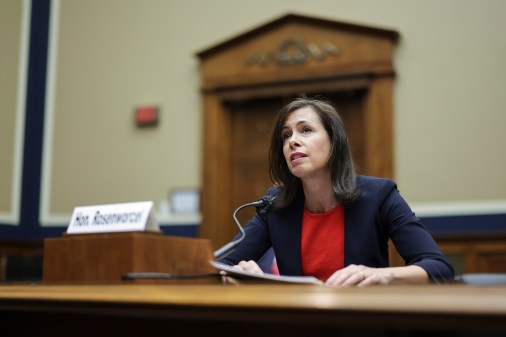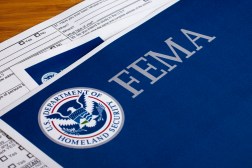The Federal Communications Commission released a white paper outlining the agency’s Public Safety and Homeland Security Bureau’s vision for deploying aerial communications architecture following a catastrophic event when the traditional infrastructure is damaged or unavailable.
The paper, titled The Role of Deployable Aerial Communications Architecture in Emergency Communications and Recommended Next Steps, offers an analysis of how aerial communications can fit into the restoration of communications services.
DACA are deployable roughly 12 to 18 hours after a catastrophic event to restore critical communications, including broadband, for approximately three days.
According to the FCC, this capability is useful in situations where the power grid may be inoperable for several days.
From James Barnett, Chief of the FCC’s Public Safety and Homeland Security Bureau:
“We are reminded daily that a catastrophic disaster, natural or otherwise, can occur anytime and anywhere. Terrestrial communications services are often severely impaired — or knocked out entirely — during these events, which complicates even the most prepared response effort. It is vitally important that we examine technologies that have potential to improve emergency response when these events occur. This white paper starts us firmly on that path. This study examines the use of state-of-the-art communications capabilities on aerial platforms — such as piloted aircraft, unmanned aerial vehicles and balloons — currently employed by our Nation’s military as another valuable tool for our first responders and disaster recovery professionals. We cannot miss any opportunity to equip these men and women with the best communications capabilities as they risk their lives to protect ours and provide our citizens the connectivity they need in the most critical of times.”




